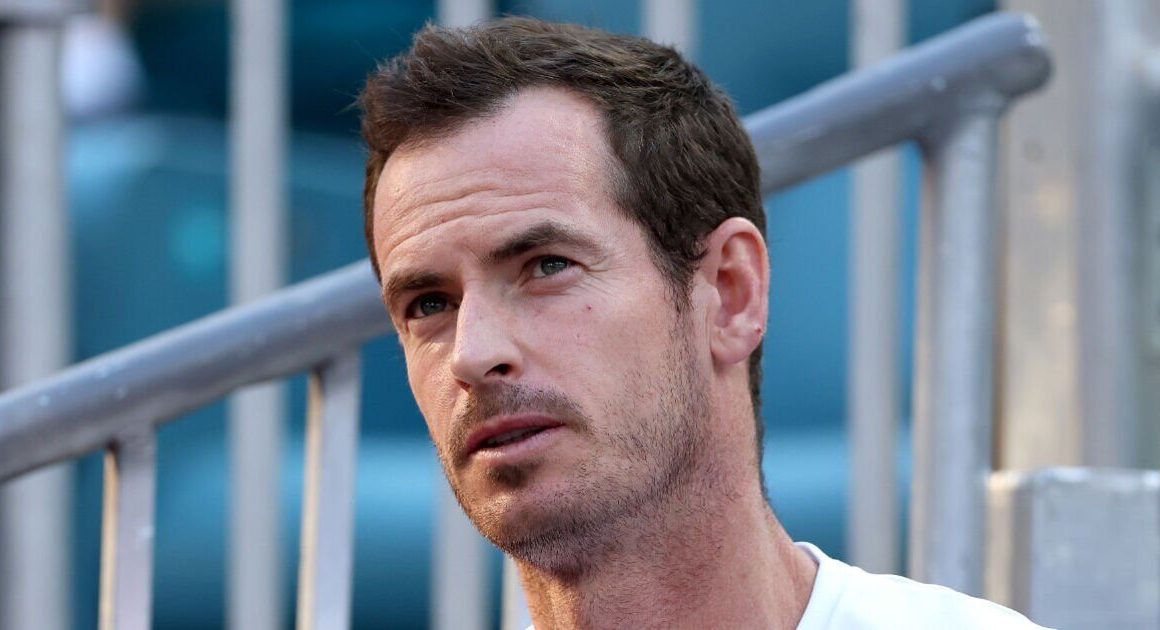The future of the Winter Olympics finds itself in a precarious position as climate change reshapes the sport landscape.
Recent data reveals a startling statistic: by the 2050s, only half of the 21 previous host cities of the Winter Olympics would have suitable conditions to host the Games because of the effects of climate change.
As temperatures rise globally, winter sports are being forced to acclimate worldwide. Cancelled competitions, safety concerns, and an increased demand for artificial snow are becoming more prominent.
During the last winter sports season, 26 of 616 World Cups (alpine, cross-country, freestyle, snowboard, ski jumping) were cancelled because of a lack of snow. Most recently, a World Cup giant slalom scheduled in Mont-Tremblant, Que., — a place known for its pristine skiing conditions — was slashed from the December calendar for the same reason.
Marion Thenault, a Canadian freestyle skier and climate advocate, says she’s noticed the changing temperatures on the ski hill over the years and predicts a “slushy” Winter Olympics when Italy’s Milan and Cortina d’Ampezzo host in 2026.
“I am not expecting great conditions,” Thenault said. “I was actually talking to my coach recently about this. The only good thing about the Olympics having bad conditions is that all of our World Cups before are going to have bad conditions too. So we’re used to it.”
WATCH | Winter sports around the world already feeling the impact:
As temperatures rise globally, winter sports around the world are already feeling the impact.
In 2022, a survey found that 90 per cent of Olympic winter sports athletes and coaches across 20 countries had strong concerns about how climate change will affect the future of their sport.
Thenault is involved with the climate advocacy organization Protect Our Winters (POW) and is one of more than 420 athletes who signed an open letter to the International Ski and Snowboard Federation (FIS) in 2023 demanding it develop a strategy to achieve its climate commitments in UN Sports for Climate Action Framework, and asking for further transparency on climate action in winter sport.
In 2024, FIS launched a two-year sustainability plan called Impact Programme, aimed at reducing the carbon footprint of FIS activities and events.
Sieff said a recent study estimates that 80 per cent of the days in which snowfall occurs will be saved if the goals of the Paris Climate Agreement, an international treaty committed to reducing greenhouse gases, are achieved.
“This requires urgency and ambition, and that is how FIS is treating the matter, especially by implementing what we set out to do in our Impact Programme,” she said.
Sieff said FIS is beginning to assess competition venues based on different climate scenarios to better predict the likelihood of event cancellations.
“This will allow us to be more strategic with scheduling, reducing the need for the use of artificial snow and avoiding the unnecessary travel to an event that ends up being cancelled,” she said.
As athletes and federations take action to adapt to climate change for winter sports, researchers in the climate field are urging the International Olympic Committee (IOC) to rethink the execution of future Games.
WATCH | How climate change is affecting the future of sport:
Madeleine Orr, an assistant professor at the University of Toronto and the founder the the Sport Ecology Group, spoke to CBC Sports’ Shireen Ahmed about the impact climate change is currently having on sport, and what that means for the future.
A new study about the reliability of hosting Winter Olympics reveals data that could swing in either direction, contingent on the actions made against climate change in the coming years.
On one hand, if greenhouse gas emissions are reduced or stabilized, every past Winter Games host city should be able to host until the 2050s, the researchers found. In a recent statement, the IOC says it is on track to reduce its carbon emissions by 30 per cent in 2024 and is aiming for a 50 per cent reduction by 2030.
In a statement to CBC Sports, an IOC spokesperson said that the organization is “treating climate change seriously.”
“As climate change impacts increase, the IOC is leading the way – through research, reflection and innovation – to reduce its impact, adapt, and shape the future of sport and the Olympic Games. The IOC also uses its influence to encourage the broader Olympic Movement to take action against climate change, and make the sports world more sustainable.”
Paralympics are particularly vulnerable
The Winter Paralympics, which are held in March following the Olympics, are particularly vulnerable to the warming climate. If emissions are low in the future, one-third of Paralympic Winter Games host cities project to remain climate reliable in the 2080s. However, if emissions are high, only four of the 93 host cities project to remain climate reliable by then.
“One of our key messages to the IOC is that it’s a decision they’re going to have to make sooner rather than later,” said Daniel Scott, co-author of the study commissioned by the IOC. “February is the best climatological month to host the Winter Games throughout the northern hemisphere. For all the vulnerabilities that we see in February, in March, they’re just accentuated.”
WATCH | Shorter ski seasons, higher costs could be a result of climate change:
As our climate continues to warm and precipitation patterns change, we can expect to see shorter ski seasons and higher operational costs — but the magnitude of change depends on geography.
In Milan, February temperatures can reach as high as 10.2 C, while in Cortina d’Ampezzo, which is located in the Dolomites mountain range, the average temperature is 4.2 C.
Scott said a potential solution is to host the Paralympics at the same time as the Olympics in February.
Similar to the Vancouver 2010 Winter Olympics, where the snow events were hosted at sports venues in Whistler, Scott suggests that future Games could be hosted across multiple regions where the infrastructure is already built for the Winter Olympics as a way to ensure climate reliability.
He says the IOC appears to be open to this idea.
Back in 2022, the IOC committed to ensuring that future Olympic Winter Games hosts have a target of using only existing or temporary venues, and that proposed snow competition venues should be climate reliable until at least the middle of the century.
Beyond this, Scott says the Games could be hosted across multiple regions where the infrastructure is already built for the Winter Olympics.
“Instead of just Canada hosting it, it’s a “Rocky Mountain Games.” So Calgary and Denver work together. Calgary needs a new hockey arena, they get that. Denver needs something else. They both have ski hills, they can split it,” Scott said. “One has the opening ceremony, one has the closing ceremony. You celebrate that region, as opposed to just one country, and then you spread the cost.”














